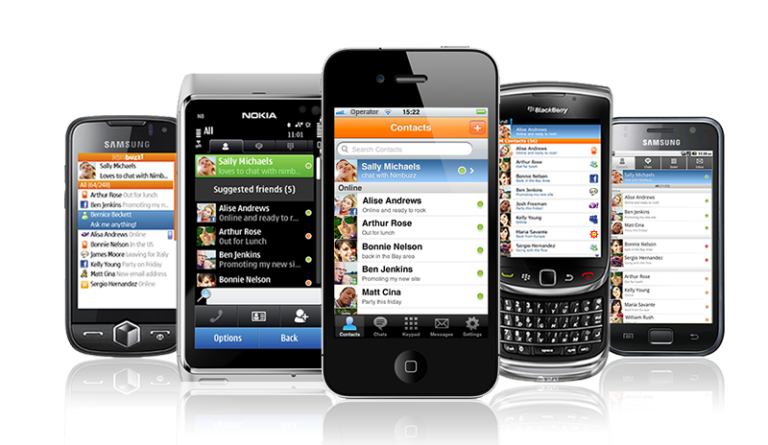It’s no surprise to those of us who’ve been there.
One European study confirmed that nurses who have greater control over their shift schedules were happier in their job. The question is, how do we get there? How can we get to the point where nurses can control their schedules and make changes to them without the hassles and headaches we’ve come to expect from shift schedules?
Electronic hospital scheduling software is the answer.
Scheduling Impacts On Job Performance
Two primary impacts on nurse job performance are fatigue and job satisfaction, both of which can be influenced by scheduling.
- Fatigue: Fatigue is a very real problem. The American Nurses Association has found a strong link between fatigue and errors, mistakes and accidents. Nurses who are constantly tired or overworked can’t be expected to perform their duties properly which can lead to critical errors in patient care and patient satisfaction.
- Job Satisfaction: As noted above and previously on this blog, nurses who have more control over their schedules are happier and more satisfied with their jobs. A satisfied nurse is more likely to stay on the job and do it well than one who is constantly overworked and has his or her schedule requests turned down or ignored.
Hospital Scheduling Software Can Put Control Back in Nurses’ Hands
Electronic hospital scheduling software can help alleviate the problems of fatigue due to understaffing or excessive overtime and increase nurses’ job satisfaction as well. This software allows managers to quickly and easily see where there are coverage gaps, who has been on a rough round of rotating shifts and who is putting in overtime. Adjustments can be quickly made and notification goes out to everyone in the system immediately. No paper trail to follow or lose track of!
Best of all, these systems allow nurses to make changes to their shifts themselves. Mobile technology means these applications can be used anywhere, anytime and makes communication between team members as simple as texting. Nurses who want to swap shifts can see for themselves who is available for the swap and reach out directly to that colleague to request a shift swap. And who said that scheduling couldn’t simply work, but be simple and well-designed?
Scheduling managers may not be able to control workload or overall staffing levels, but they can help their employees become more empowered, invested in and happier with their jobs. All it takes is a simple change in the way schedules are created and managed.
This article was written by Zach Smith, a member of the Nursegrid team. Nursegrid is the first scheduling and communication tool built for nurses, by nurses.
